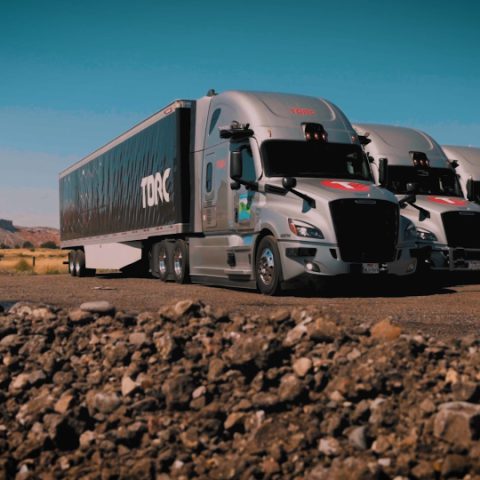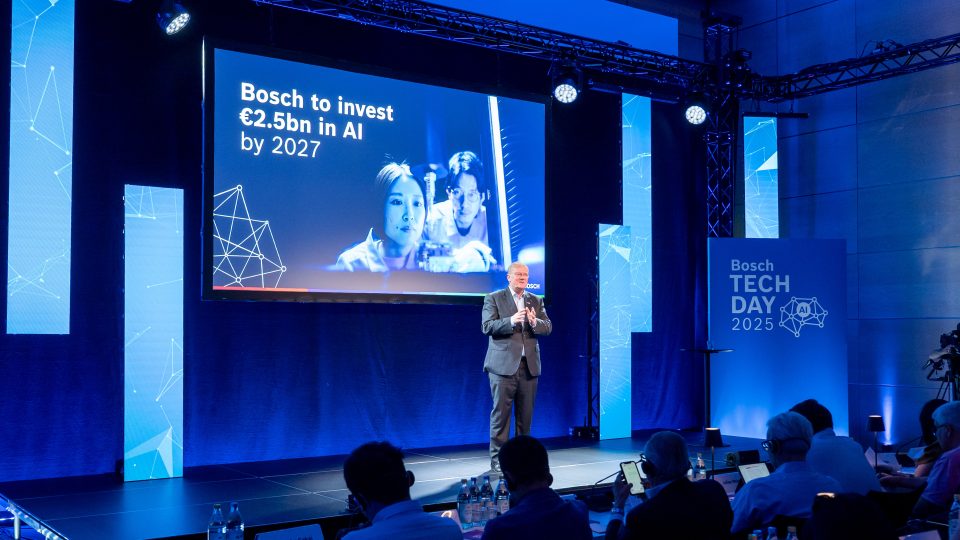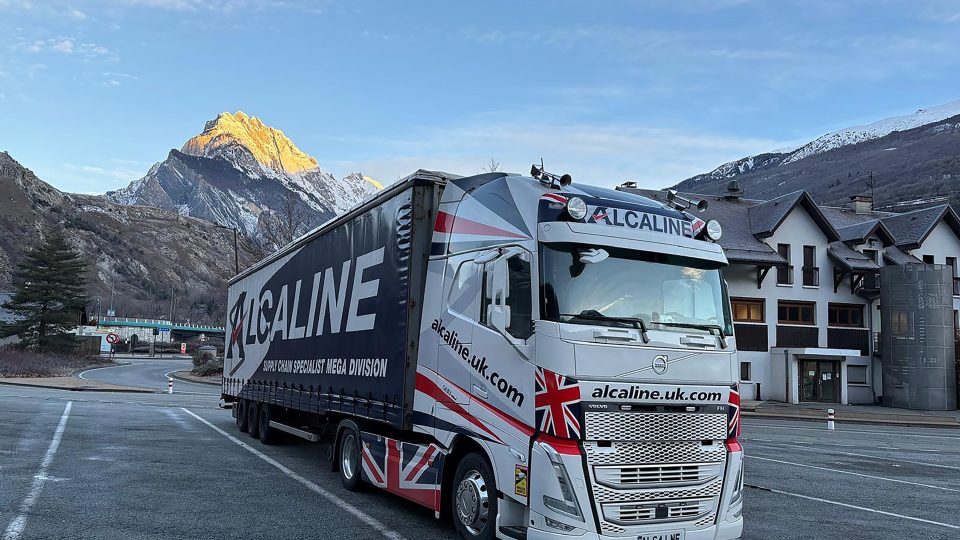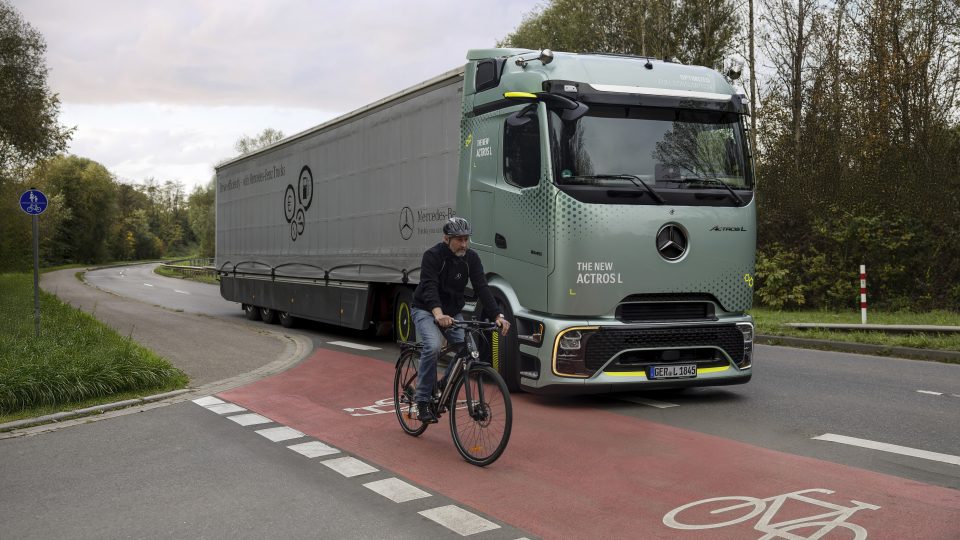Autonomous trucks, Daimler and Torc take stock of their three-year collaboration
Torc is making significant steps towards commercializing SAE Level 4 autonomous trucks in the U.S. for long-haul hub-to-hub applications within this decade. Also, as of October 1st, 2022, Peter Vaughan Schmidt served as the new CEO of Torc.

Daimler Truck and Torc Robotics, a U.S.-based company specializing in self-driving truck development with branch in Germany, have been collaborating for more than three years, achieving some remarkable results in view of autonomous trucks. According to the partners, “Torc’s autonomous driving software can safely navigate on highways, surface streets, ramps and turns at controlled intersections”.
Daimler and Torc: new CEO announced
Now, as of October 1st, 2022, Peter Vaughan Schmidt served as the new CEO of Torc: “Bringing a safe Level 4 autonomous truck to market is by no means a simple task. Over the past three years, we have benefited from the strong collaboration with Daimler Truck, bringing us significantly closer to our goal: developing a highly optimized self-driving truck that will meet the fleets’ needs for cost, safety, and performance. The teamwork shown has been outstanding so far and we’re entering our fourth year of partnership with a clear roadmap – focusing on one manufacturer and one initial use case in one geographic area”, he stated.
Torc is making significant steps towards commercializing SAE Level 4 autonomous trucks in the U.S. for long-haul hub-to-hub applications within this decade. Recently, Torc and Schneider announced a joint pilot program. In addition to other strategic alliances, Schneider, a US-based multimodal provider of transportation and logistics services, will serve as an operational partner for Torc’s autonomous test fleet.
















